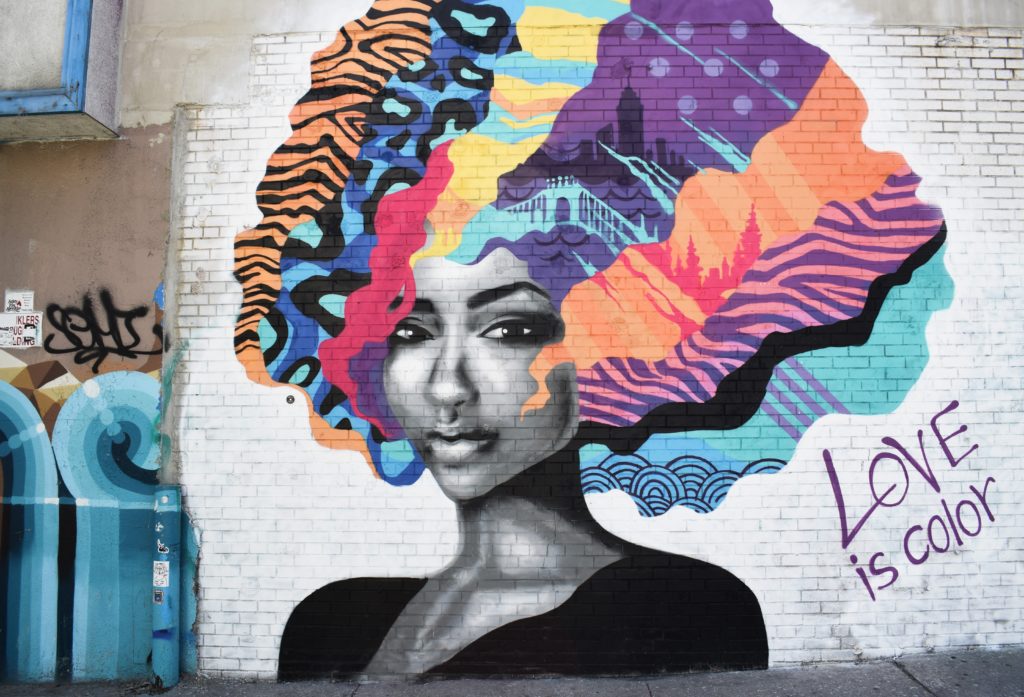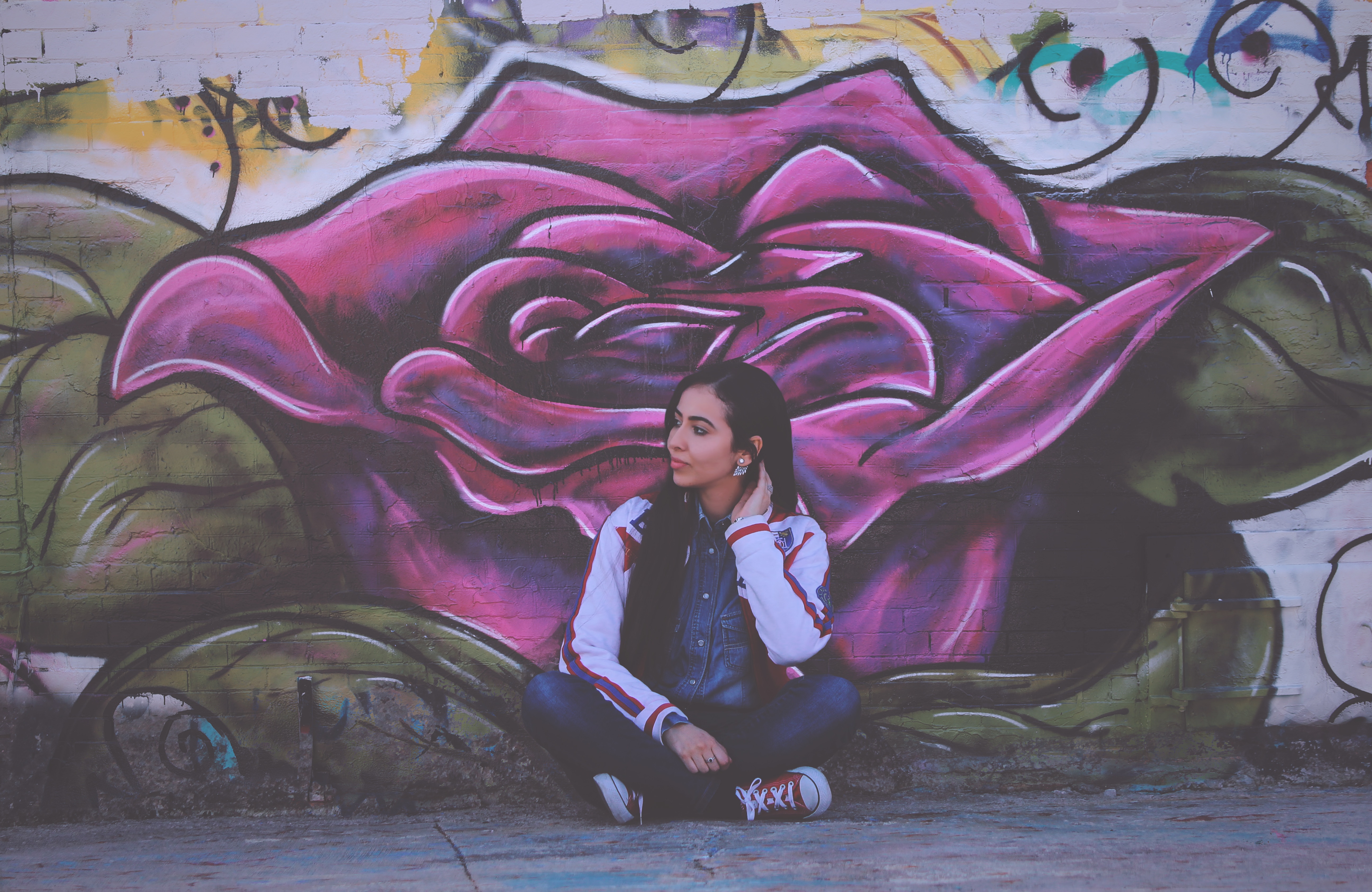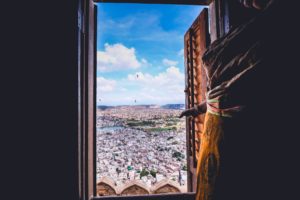Folk Fusion – Brooklyn Street Art

New York City has seen the emergence of many cultural movements that have given identity to the American Urban lifestyle. Such movements as the Harlem Renaissance, modern dance in the early 20th century, jazz, expressionism, hip hop and punk rock have all gotten their start in this massive great city of diversity. It is no surprise that New York City would also be a main hub for two contemporary art movements: Graffiti and Street Art. Though similar, they are different in intent to the viewer.
The American subculture of graffiti and street art subculture got it starts in the late 1960’s. It first originated in the neighboring state of Pennsylvania in Philadelphia, but by 1970, had emerged on the scene in NYC. It was coined the term Zoo York due to a subway tunnel that ran under the Central Park Zoo where early graffiti artists first showed off their work, gathering at night to paint. But increased law enforcement in the 1980’s erased most of it.
Graffiti is more of an insider language to speak to other artists. Graffiti has been a part of human civilization for tens of thousands of years.
“Graffiti (sgraffiti), meaning drawings or scribblings on a flat surface and deriving from the Italian sgraffio (‘scratch’), with a nod to the Greek graphein (‘to write’), originally referred to those marks found on ancient Roman architecture” (Manco 9).
Street art is more for the viewer of the art and wants the viewer to feel engaged in their art. They want their art pieces to invoke thought and conversation about the piece, as well as have an emotional response.
“Street Artists have taken the concept from Dada and Pop art that iconic images of popular culture or even unremarkable objects can be elevated into symbols of expression” (Manco 150).
Perhaps one of the most famous street artists is Banksy. He is a British born artists/activists who’s art is often times meant to provoke discussion with use of humor.
“Inside the elephant and penguin enclosures at the London Zoo, he painted, ‘I want out, this place is too cold; keeper smells; boring, boring boring’ in giant handwriting, which looked as if it had been written by the animals themselves” (Manco 76).
Banksy’s intended audience was to speak to zoo visitors to show empathy for the caged animals.
Today, there is a growing appreciation for street art by gallerists around the world. They are finding new ways to collaborate together for completion of art pieces in order to communicate with the public viewer for a more authentic experience.
Works Cited
Manco, Tristan. Stencil Graffiti. New York: Thames & Hudson, 2002. Print.



